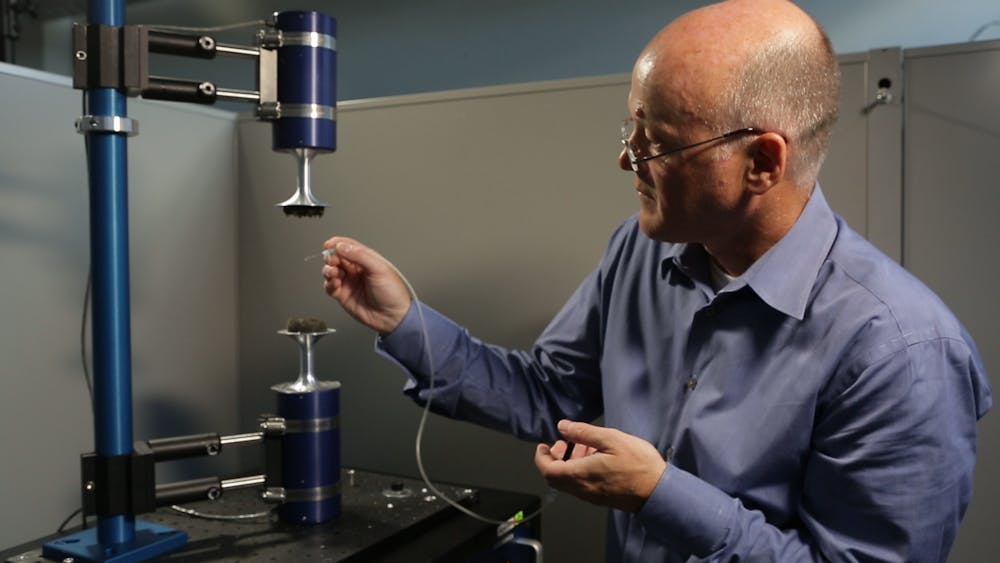Valentine’s Day may have come and gone but our love of science is as strong as ever. Some of this week’s greatest discoveries include two unique animals, the power of psychedelics and breakthroughs in the use of acoustic levitation.
Centipede uses heat, not eyes, to detect sunlight
A team of Chinese investigators has identified a thermal receptor that allows the Chinese red-headed centipede to see without vision sensors. Usually, creatures can see the world around them and sense sunlight through photoreceptors, cells that directly convert light to discernible signals.
However, the Chinese red-headed centipede, also known as Scolopendra subspinipes mutilans, has no light-sensing proteins. Rather, upon contacting sunlight, the little critter’s antenna heats up from 28°C all the way to 37°C. At this temperature, a thermal receptor called BRTNaC1 activates and notifies the centipede about the presence of sunlight.
Even without eyes, this creature packs a mighty punch, capable of subduing mice fifteen times its own size and sending humans to the hospital.
Using sound to construct 3D objects
Sound is not thought to be useful for manufacturing. However, a team of researchers at the Max Planck Institute for Medical Research and the Heidelberg University have taken advantage of acoustic levitation to precisely control the displacement of microscopic objects at the sub-millimeter scale using sound waves.
Previous work used specifically generated plates whose topology encodes patterns of different amplitudes of sound, generating fields of high and low pressure. This technique enabled materials to be conformed across two dimensions.
This is taken a step further by introducing acoustic perturbations across all three dimensions to enable 3D assemblage. The team envisions that this technology could be used to move cells and tissue without interfering with their physiology.
Psychedelics slip inside and heal nerve cells
A recently published study from the University of California Davis discovered that unlike other substances, psychedelics — including the psilocin found in magic mushrooms — trigger neuron growth by slipping through the cellular membrane to the interior of the cell.
It has been known that psychedelics can have positive impacts on mental health, being capable of addressing depression and post-traumatic stress disorder, by repairing the dendrite branches that connect cortical neurons. Despite this, the mechanism behind this growth was previously unknown. Researchers assumed that psychedelics activated proteins that prompted dendrite growth; however, it turns out that rather than external activation, psychedelics—which are “greasy”—enter the cell and prompt growth internally.
Further experiments demonstrated that if serotonin artificially enters a cell, it will prompt the same response. This finding radically changes the understanding behind psychedelics and their impact on the brain and may be the source of future treatments.
Decoding color-changing crustacean larvae eyes
Young crustacean larvae typically grow glassy, crystalline spheres above their eyes; two researchers at Union College have determined that this is a strategy to camouflage themselves from predators.
These spheres, made of plates of isoxanthopterin formed into balls, cover the dark-colored eyes of larvae enabling them to remain hidden from view. Furthermore, the precise structure of the sphere impacts the color of the shield; this variation enables creatures to evolve to match their camouflage to the particular ocean water in which they dwell. The study also found that the precise color changes with varying exposure to light, indicating that these creatures may be able to adapt their disguise as they travel through differing light exposure levels.
Beyond literally shedding light on these unique creatures, the finding may one day be responsible for an impressive range of color-changing biomimetic devices.





